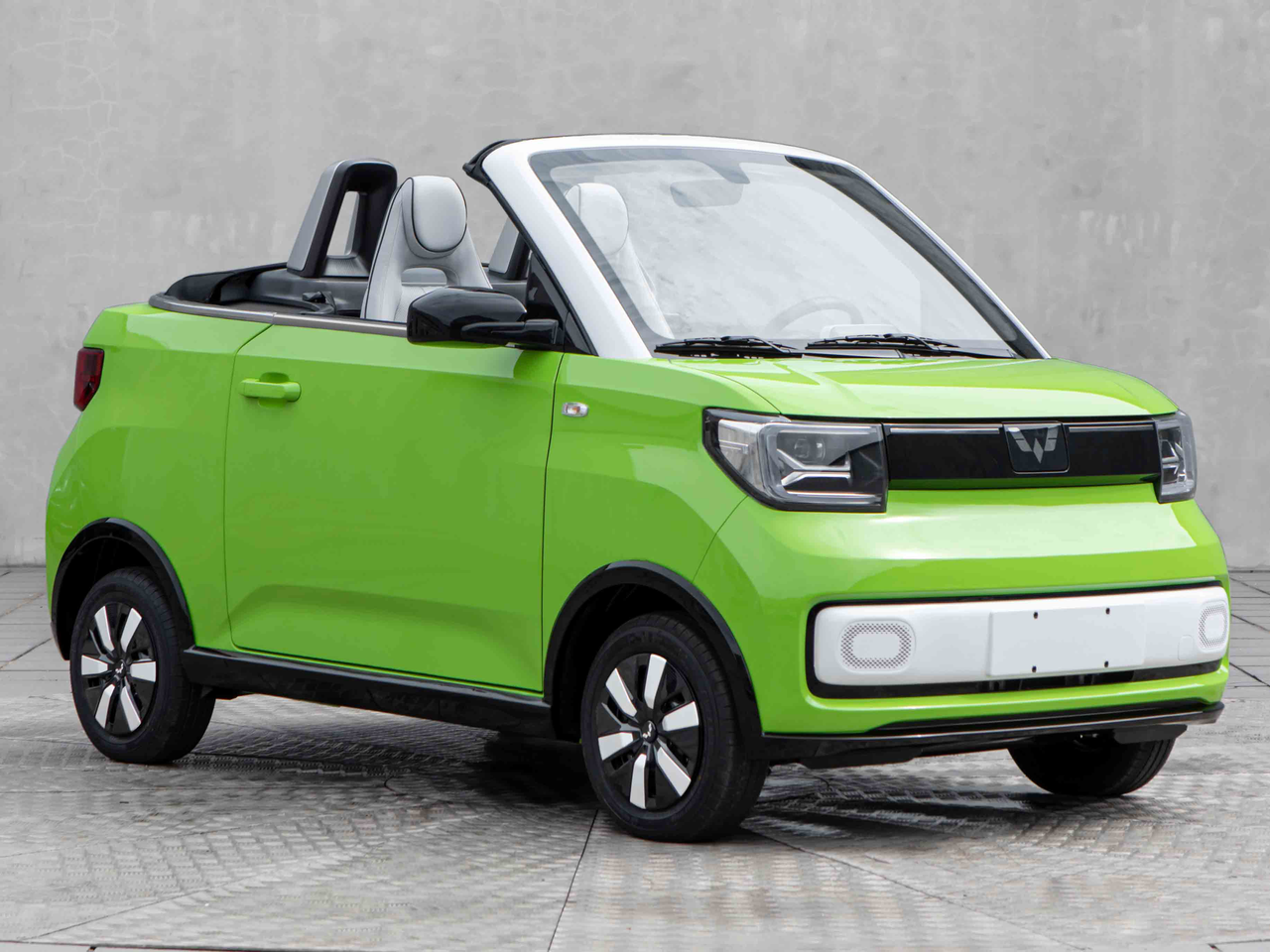Last night, the Ministry of Industry and Information Technology (MIIT) announced the 351st batch of “Road Motor Vehicle Production Enterprises and Products Announcement” new product publicity on its official website, which includes several heavyweight new products.
Convertible MINIEV
The Wuling Hongguang MINIEV, which was once popular at the auto show, is now officially mass-produced. It truly embodies Wuling’s slogan of “producing whatever the people need,” becoming the cheapest convertible car on the market. From the MIIT’s application photos, the appearance of the MINIEV convertible is not much different from the regular version, still maintaining its cute and lovable appearance. The biggest difference is, of course, the soft-top convertible styling, and a roll bar has been added behind the seats.
The silver logo, X-shaped headlights, and enclosed front face have greatly improved the refinement of the MINIEV, getting rid of the slightly rough feeling of the past. The windshield and air inlet area use a contrasting color design, and the white and green mix makes the vehicle look very eye-catching.
Car dimensions: 3,0591,5211,614 mm, wheelbase 2,010 mm, compared to the MINIEV: 2,9201,4931,621 mm, wheelbase 1,940 mm, except for the height, there is a significant upgrade.
Curb weight: 925 kg, significantly heavier than the MINIEV’s maximum of 700 kg.
Battery capacity: 26.4 kWh, significantly more than the MINIEV’s maximum of 13.9 kWh. The battery type is lithium iron phosphate, with the extra weight mainly in the battery.
Power upgrade to 30 kW, using a Zhejiang Fangzheng motor, compared to the previous maximum of 20 kW, providing better performance. However, the tire size remains the same at 145/70 R12.
The launch of the MINIEV convertible version also proves that Generation Z has gradually become the main group of car consumers in China, bringing diverse demands for individualized purchases. Domestic brands are increasingly focusing on the development of personalized, diversified, and self-pleasing car models.
Domestic BMW X5 Long Wheelbase Version#The Long-Wheelbase BMW X5 is Finally Here
The much-anticipated long-wheelbase version of the BMW X5 has finally made its debut. According to the declaration information, the car’s dimensions are 5,0602,0041,771mm. As the domestic version of the BMW flagship product X5, the wheelbase has been lengthened according to tradition. It has been increased by 130mm from the original 2,975mm to 3,105mm, which is now equal to the wheelbase of the BMW flagship SUV X7, surpassing its competitors like the GLE and Q7.
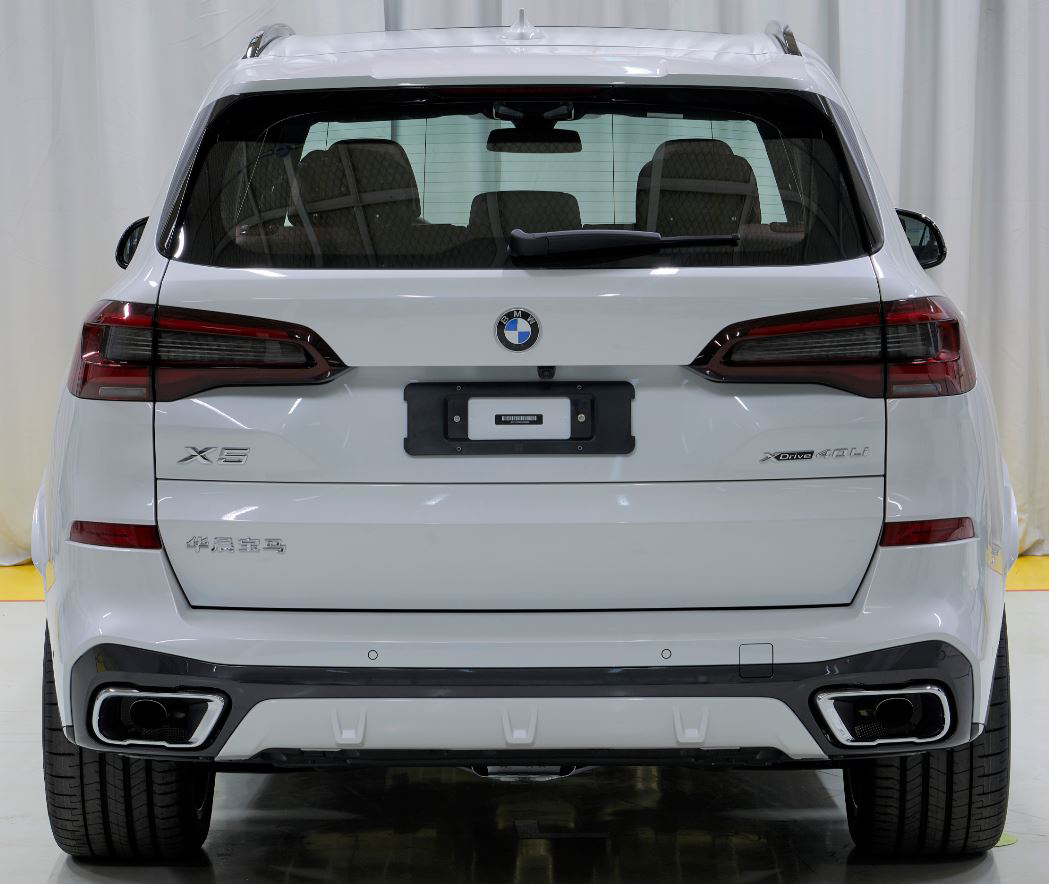
The domestic BMW X5 Long-Wheelbase version comes with two engine options. The first is the B48B20G 2.0T, with a power of 180 kW. The second option is the B58B30C 3.0T, with a power of 245 kW. Compared with the foreign version, the 2.0T version has a slightly lower power of 195 kW, but the 3.0T version has the same power output of 250 kW. The 3.0T version can also be equipped with an air suspension, while the 2.0T version still has a spiral metal spring suspension.
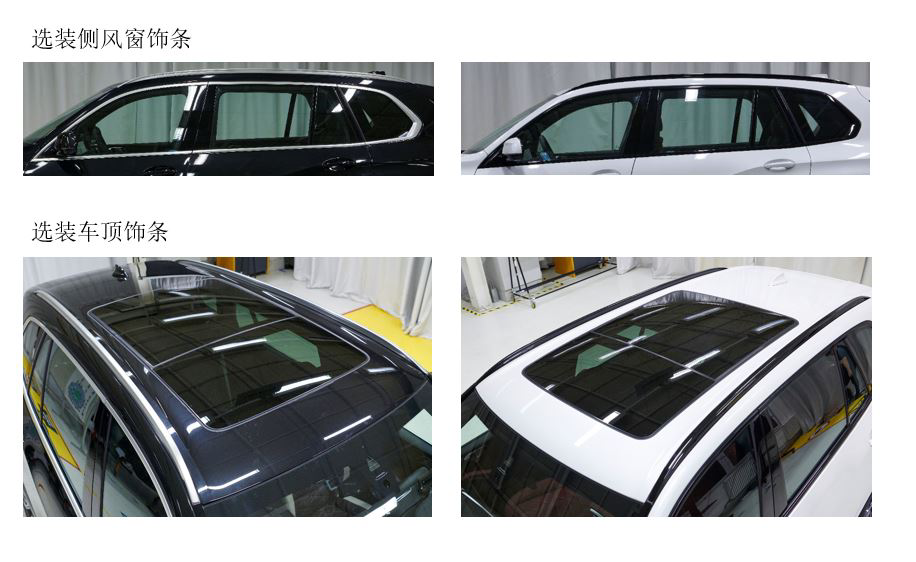
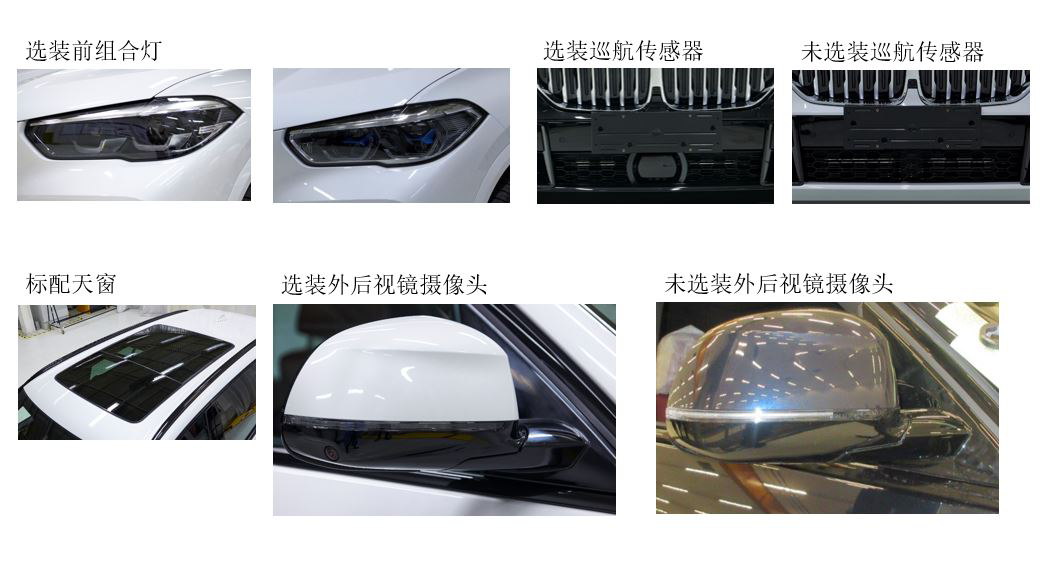
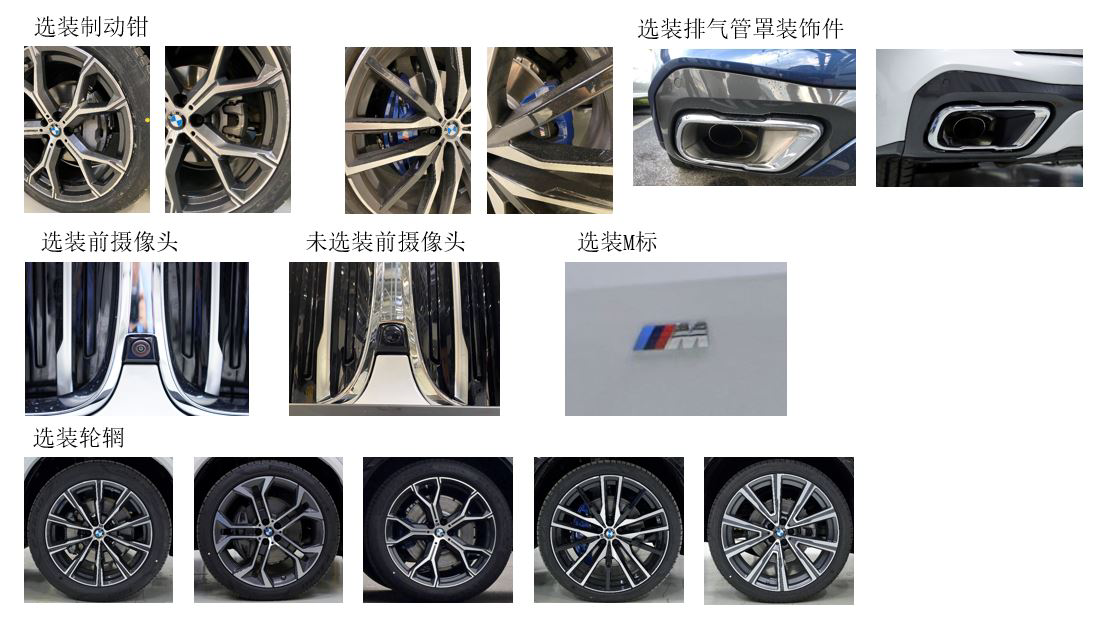
Given that the long-wheelbase version of the BMW X5 may become a major player in the domestic market, Huachen BMW naturally attaches great importance to it. For this reason, they have specially upgraded the factories in Dadong and Tiexi to meet the domestic production requirements of the BMW X5 Long-Wheelbase version.
Although the power of the domestic BMW X5 Long-Wheelbase version has decreased slightly, it is expected to have a starting price of around 550,000-600,000 yuan, which is about 100,000 yuan cheaper than the imported version. The price reduction has solved the problem of insufficient space in the rear seats, making it quite appealing. It is expected that the sales volume will experience a significant increase and the new car will be available for purchase after the Beijing Auto Show next year.
BMW i3
In addition to the domestic BMW X5 Long-Wheelbase version, the other highlight of this event was the new BMW i3, which is an electrified replacement for the BMW 3 Series. Its dimensions are almost identical to the long-wheelbase version of the 3 series, with a length, width, and height of 4,872 x 1,846 x 1,481 mm and a wheelbase of 2,966 mm.The all-new i3, unveiled for the first time globally, completely overturns the styling of the old i3 compact two-door car and becomes a medium-sized sedan with four doors and five seats, which is more acceptable to the public in terms of power, endurance, and practicality. However, instead of saying that the styling of the old model has been overturned, one can say that BMW directly took the name of the old i3 and gave it to the electric 3 Series, which can easily cause confusion among consumers.
On the exterior, the BMW i3 still follows the overall design of the BMW 3 Series. To differentiate between the two models, BMW has replaced the i3’s grille with a closed grille with a blue outline. The wheel hub design adopts a more closed design and inherits the design style of the i series family. At the same time, the style of the LED headlights and bumper has also been modified to become more concise.
The changes in the rear are in the position of the fog lights and the shape of the bumper, with an additional diffuser with blue accents below it, making the whole car look more sporty and full.
In terms of power, the eDrive 35L version unveiled this time is equipped with a BMW-produced drive motor, with a peak power of 250 kW, which is a significant improvement compared to the 190 kW of the 330 Li. The battery is a ternary lithium power battery with a kerb weight of 2,029 kg. Considering that the i3 and i4 are built on the same platform, the motor and battery parameters may be the same as those of the i4, only with differences in tuning.
Regarding the interior, the new i3 is likely to feature the same dual screens as the i4. They are composed of a 12.3-inch LCD instrument panel and a 14.9-inch vehicle infotainment screen. Of course, the specific configuration parameters still need to be based on the announcement by BMW official.
BYD Tang EV.The BYD Tang EV series has undergone two updates in the past two years, with updates to the front grille, interior, and battery system. According to information from the Ministry of Industry and Information Technology, it is likely that a redesign is on the way. The most noticeable change in this update is the more simplified front grille design, which is now more similar in style to the BYD Han, abandoning the previous large grille design, making it easier to distinguish from the Tang DM at first glance.
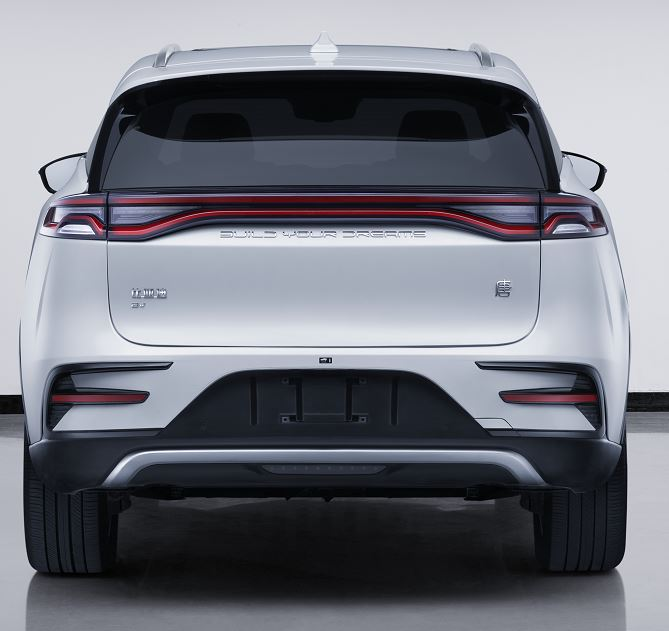
The updated BYD Tang EV single-motor model is equipped with a 90.3 kWh iron-phosphate lithium battery and a 168 kW motor, which has a 600 km range under standard conditions. The dual-motor model is equipped with a front 180 kW and rear 200 kW motor combination, with parameters consistent with the current Tang EV four-wheel drive version.
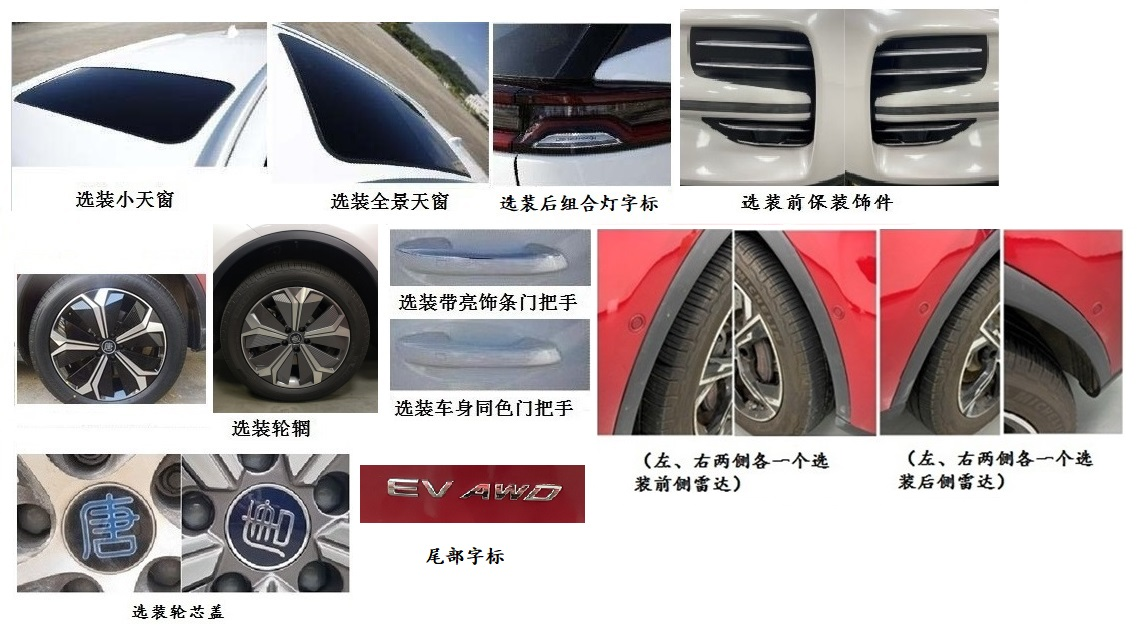
The Tang EV is still based on a relatively old platform with a design language that has been used for several years, which has begun to cause aesthetic fatigue. Compared with continuously adjusting the current design, consumers may be more willing to see a brand new Tang EV built based on a pure electric platform.
Toyota Mirai
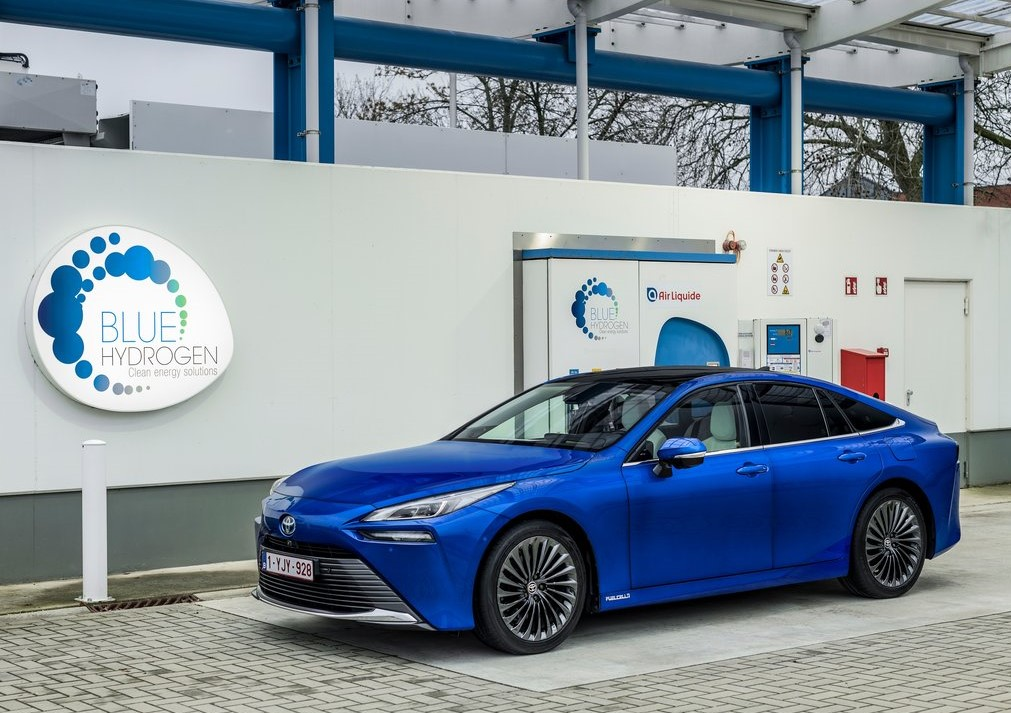
The Toyota hydrogen fuel cell vehicle model Mirai appeared in the “Catalog of New Energy Vehicle Models Exempt from Vehicle Purchase Tax” (the forty-ninth batch) released on the same day. According to disclosed information, the pure electric range of the Toyota Mirai reaches 781 km with a rated power of 55.3 kW for the fuel cell.

This article is a translation by ChatGPT of a Chinese report from 42HOW. If you have any questions about it, please email bd@42how.com.
